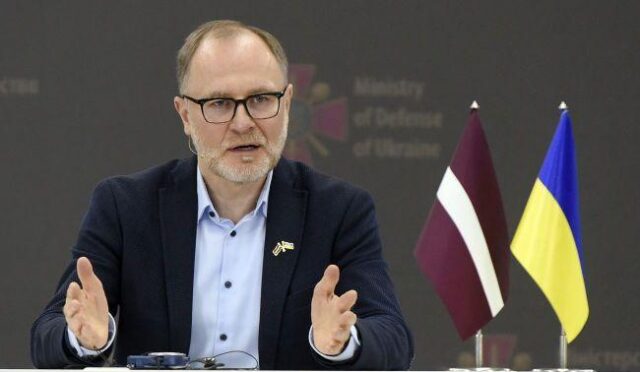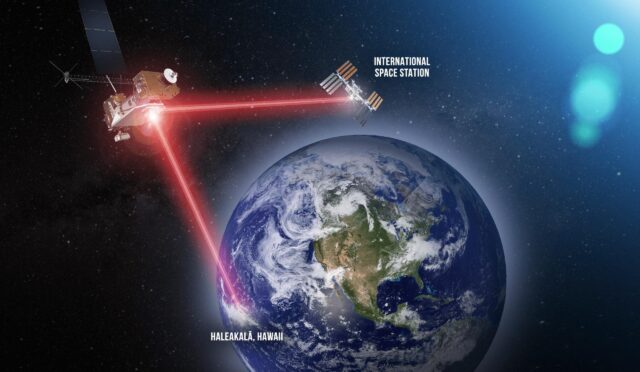Proteus Uncrewed Rotorcraft: A New Era in Aviation
The UK Ministry of Defence, in collaboration with the Royal Navy and Leonardo, has unveiled the innovative design of the “Proteus,” an uncrewed rotorcraft demonstrator. This £60 million ($75 million) initiative is a significant step forward in the navy’s Maritime Aviation Transformation strategy, which aims to evolve maritime capabilities towards increased autonomy by the year 2040. The first flight for this groundbreaking technology is scheduled for mid-2025.
Weighing in at around three tons (6,613 pounds), the Proteus represents a substantial advancement in maritime uncrewed aerial systems (UAS). Drawing on Leonardo’s extensive experience in helicopter and UAS design, the Proteus will serve as a crucial platform for testing autonomous flight capabilities, including the development of flight control laws and algorithms tailored for large vertical take-off and landing vehicles.
Flexible Mission Capabilities
One of the standout features of the Proteus is its modular payload bay, designed for mission versatility. This innovative design allows operators to easily swap out various payloads based on specific mission needs, whether that involves maximizing fuel efficiency or accommodating heavier loads. Such adaptability is crucial for fulfilling a range of operational demands in maritime environments.
In addition to its flexible design, the Proteus leverages advanced technology through its digital twin, which incorporates artificial intelligence and machine learning algorithms. This capability allows Leonardo to conduct tests and implement modifications without the need for physical flight trials, enhancing both the development process and the operational effectiveness of the aircraft.
Cost-Effective Solutions for Military Operations
The introduction of the Proteus not only enhances operational capabilities but also presents a more cost-effective solution for military operations. By utilizing a single aircraft for various testing scenarios, the project aims to reduce costs while still delivering high-quality performance. This approach allows for a more efficient allocation of resources within the military.
To further increase production efficiency, Leonardo is exploring the use of 3D printing techniques and low-temperature cure composite materials. These advancements in manufacturing processes are expected to streamline production timelines and reduce costs, ultimately benefiting overall military readiness and responsiveness.







